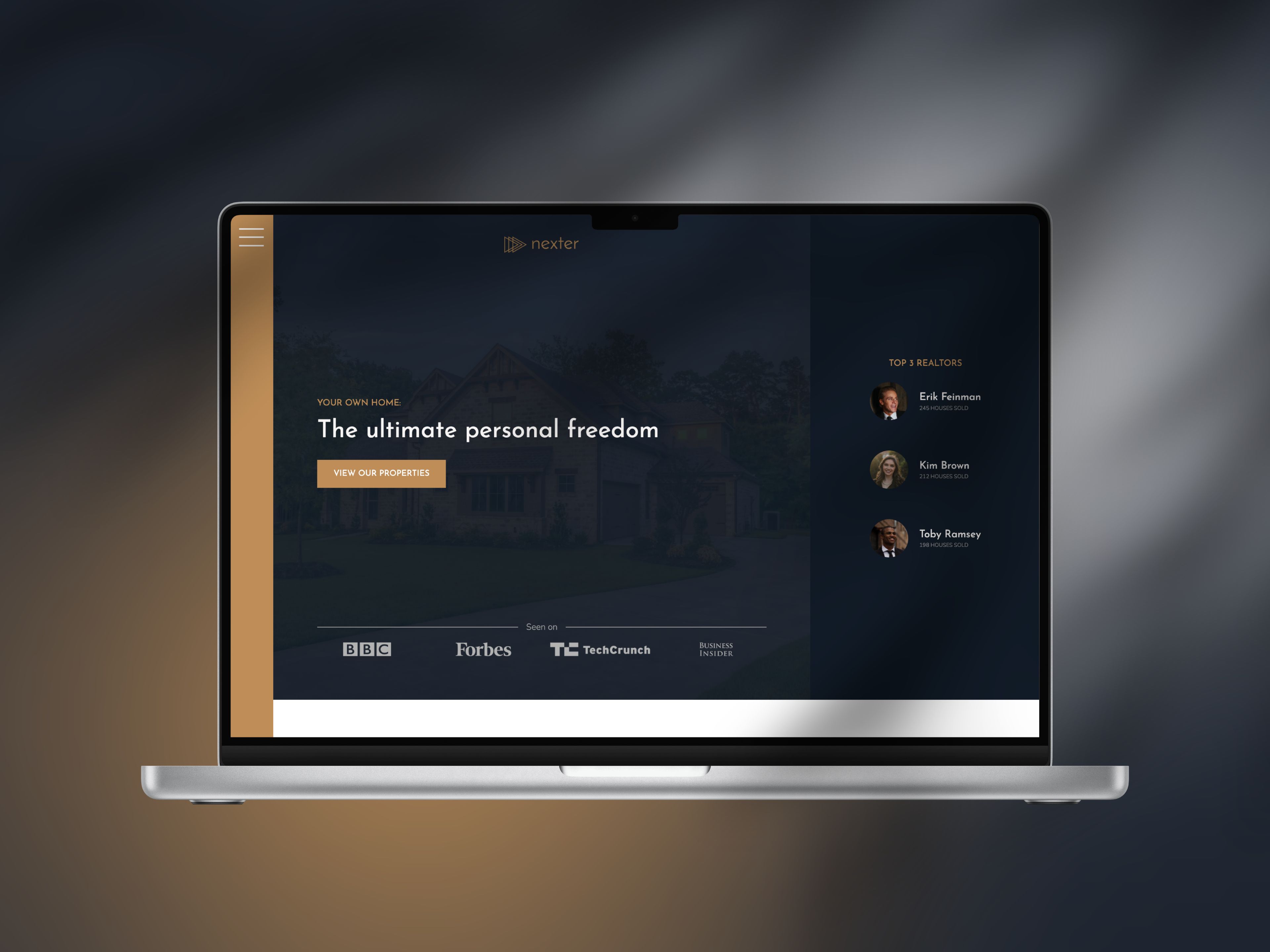Category:
Feature Launch
Background & Context
When I started this work, the Spotify profile had become a neglected surface—described by users as “the bar no one goes to anymore.” Despite being the one place tied directly to user identity, it lacked a clear value proposition, especially as Spotify continued adding more features like Wrapped, Your Spotify, and Supremium perks. I realized that as we grew, the pressure on Home and Library to surface everything was becoming unsustainable. We needed a dedicated surface to house identity-related features—one that helped users understand who they are on Spotify and how to get more value from the platform.
The Goal
My goal was to evolve the Spotify profile into a modular Identity Hub—a space where users could explore their listening habits, express themselves, and manage how they appear on-platform. I wanted to increase engagement with underutilized identity features and reduce friction for teams trying to build new ones. Long-term, this hub would support everything from private profiles to Premium upsell to social experiences. We defined success as increased user engagement with identity tools, better expression, and improved feature discovery.
The Problem
We were facing three major issues: identity features were scattered and hard to discover; users had almost no tools to express themselves; and our privacy controls were rigid and outdated. Even basic elements like display name and photo were always public unless deleted. On top of that, teams across the company were building identity features without a clear strategy or surface to support them—making it hard to launch and scale these experiences efficiently. I saw this as both a UX and org design problem.
The Hypothesis
I believed that centralizing identity features into a single, modular hub would dramatically improve feature discoverability, reduce cognitive load, and give users a clearer sense of what Spotify knows about them and what they can do with it. Our “Your Spotify” prototype had already validated that reflecting identity back to users increased engagement and perceived value. By expanding on that model and structuring the hub around Express, Explore, and Utilize entry points, we could drive stronger connection and engagement across user segments.
The Solution
I defined and socialized the vision for the Identity Hub, anchored in three content pillars: Express (self-curated features like bio, top picks, and pronouns), Explore (insight-based tools like Wrapped and Your Sound), and Utilize (functional modules like settings and plan benefits). We made it modular so features could scale over time and be personalized by user tier. I also pushed for more flexible privacy controls—including private profiles and follower-based visibility—to meet user expectations and support Kids and Supremium use cases. We began rollout with low-risk features like “Your Picks” and “Friend Activity,” while building a pluggable component platform to support experimentation.
The Results
Our prototype testing showed that identity-centric modules like “Your Spotify” and “Your Sound” meaningfully increased time spent and downstream engagement. Users welcomed new expression tools like pronouns and favorite tracks and responded positively to modular components that surfaced real-time identity data. Internally, teams were able to plug into the hub more easily, aligning launch strategies for Wrapped, Supremium, and other identity-driven initiatives. We also gained strong executive support to shift the hub into a primary navigation tab over time—cementing it as a strategic distribution channel.
Conclusion
This project was as much about UX clarity as it was about platform design. By turning a forgotten part of the app into a strategic growth surface, I helped reframe the Spotify profile as a destination, not a dead-end. The Identity Hub gives users more control, more insight, and more ways to connect with others through their listening. It also unlocked an efficient path for the org to ship new value propositions. Leading this work deepened my conviction that identity, when treated with nuance and care, can become a powerful engine for engagement.




